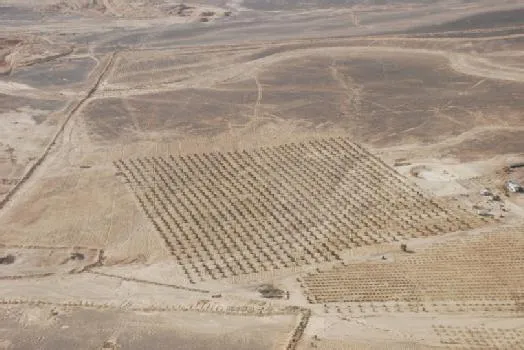History and Politics of the Modern Middle East (HI114)

Module Convenor: Dr. Katayoun Shafiee
Lectures: Monday 2-3 pm Zeeman B3.03
Office Hours: By appointment only: Tues. 10-11, and Fri. 12:30-1:30 (FAB3.72)
- Aims and Assessment (available via Moodle)
- Assignment 1: 1,000 word introductory piece of writing (essay plan for assignment 2) (10%): 12 noon Wed 10 December
- Assignment 2: 2,000 word essay (30%): 12 noon Wed
- Assignment 3: 3,000 word essay (50%): 12 noon Wed
- Seminar Participation and Engagement (10%)
- Syllabus (available via Moodle)
This 30 CATS first-year undergraduate option module examines the history and politics of the modern Middle East through a series of questions and problems that have shaped its development. The module is divided into four sections. The first part of the module briefly questions the usefulness and origins of the term Middle East as a geographical area and unit of analysis. It raises questions about how historical and anthropological knowledge, western media, and academic scholarship in the social sciences have helped define the modern Middle East. The next section of the module offers a historical overview of the Ottoman past through the colonial and postcolonial periods, i.e. the period from the sixteenth century through the colonial period in the nineteenth century and to the present post-colonial period in the twentieth and twenty-first centuries. The module will then move to address more specifically some of the most important contemporary issues that have historically affected modern Middle Eastern politics along with the role of outside forces such as Britain and the United States. These include: the Arab-Israeli conflict; the history of oil in Saudi Arabia, Iraq, and Iran; the role of political Islam; questions of democracy, development, and human rights; the Gulf War, and the 2003 U.S. invasion/occupation of Iraq; the Arab Spring and the current war on terrorism.
The module is designed to be attractive to students interested in the histories, cultures, and societies of the Middle East, the history of empire, state formation, community and nation, and questions of democracy. It encourages students to rethink historical and political analysis. We will use a wide range of materials including diplomatic documents, short stories, scholarly texts, and photographs, to explore the many different ways people in the Middle East have come to define and shape their world and also how outsiders have attempted to control and shape this world.
[Photo Credit: Jananne Al-Ani, Shadow Sites, 2010Link opens in a new window]
